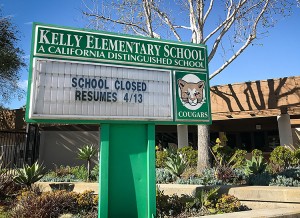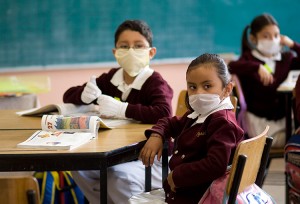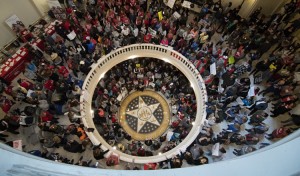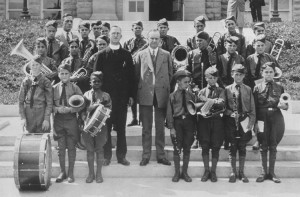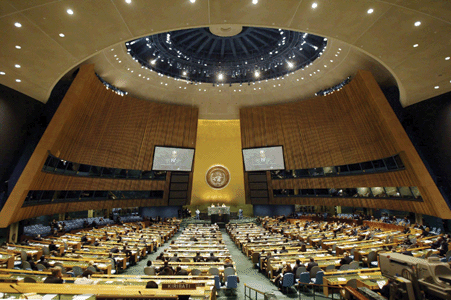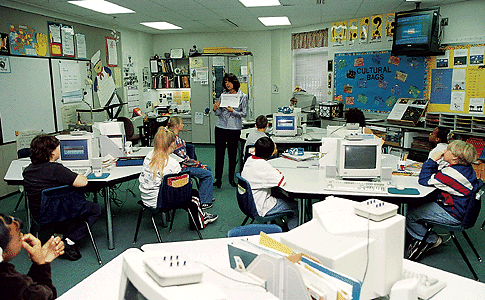Historically Black Colleges and Universities
Thursday, February 25th, 2021February 25th marks the founding, in 1837, of Cheyney University of Pennsylvania, the first of a number of institutions now known as historically Black colleges and universities (HBCU’s). These prestigious and storied schools have educated many leading figures in U.S. cultural, legal, and political life. Just a few notable examples include the actor Chadwick Boseman; Vice President Kamala Harris; civil rights leader Martin Luther King, Jr.; filmmaker Spike Lee; and talk show host Oprah Winfrey.
Historically Black colleges and universities are institutions established before 1964 to educate Black students in the United States. Today, there are approximately 100 of them. About half are public and half are private institutions. Although HBCU’s continue to focus on educating Black students, more than 20 percent of their students are non-Black. A growing number of HBCU students come from other countries.
Some educational institutes for free Black adults were founded in the Northern States before the Civil War (1861-1865). The first university owned and operated by Black people, Wilberforce University, was founded in Ohio in 1856.
The Thirteenth Amendment, which was ratified in 1865, abolished slavery in the United States. Philanthropists and religious organizations soon established dozens of educational institutes for newly freed Black people, including the first such institutions in the South. Many of these schools initially taught such basic subjects as arithmetic and reading and writing, because teaching Black people had been illegal in the pre-war South.
Following the Civil War, Southern state-funded colleges and universities refused admission to Black students. The Morrill Act of 1890 required these states to open at least one land-grant university that accepted Black students. Land-grant universities were initially funded by the sale of land given to the states by the federal government. Southern States opened such universities, but provided much less funding for them than for schools serving white students.
In 1954, the U.S. Supreme Court prohibited the segregation of public schools in a landmark ruling in the case Brown v. Board of Education of Topeka. The Civil Rights Act of 1964 banned discrimination because of a person’s color, race, national origin, religion, or sex. Together, these acts forced the integration of public and private colleges and universities that had banned Black students.
Several HBCU’s closed following the desegregation of colleges and universities. In 1981, President Ronald Reagan, following through on an executive order signed by his predecessor Jimmy Carter, established the White House Initiative on Historically Black Colleges and Universities. This program works to improve the competitiveness of HBCU’s and to promote them to the nation at large.


